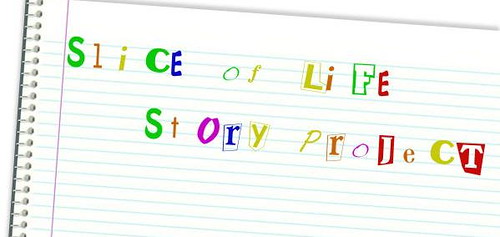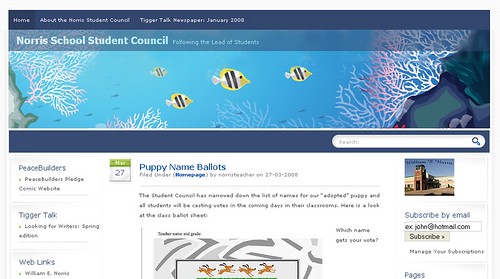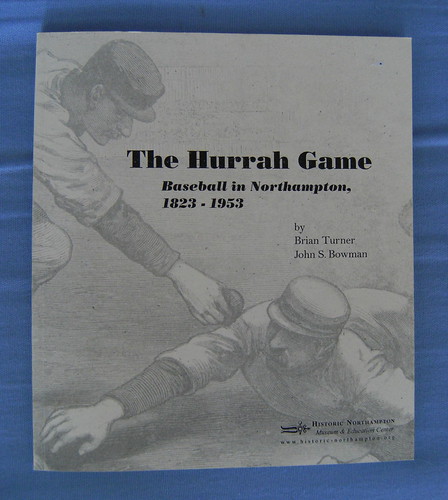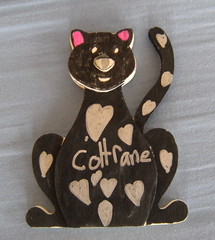
(This is part of the Slice of Life Project)
It astonishes me to think about how many blogs are part of the natural progression of my week as a teacher and writer. Perhaps, there are too many blogs. But each one does serve a different purpose. Each one is a different platform.
Come, then, on a little tour of the blogs that I used in the last week or so.
I won’t include Kevin’s Meandering Mind because if you are here, then you already know what a creative mess it is and how unfocused it is. I like this blog a bit cluttered, I think, because that gives me freedom to think. I can share teaching practice; poems, stories and songs; things that I stumble across that seem interesting; and collaborative projects like Day in a Sentence.

When I am not writing here as a teacher, I am sometimes writing as part of a collaborative blog called TeachEng.Us that Ben, a friend from the National Writing Project and regular of the Day in a Sentence, started up as a way to bring together teachers of writing to share some strategies, best practices and technology hacks that they have found useful. I just filed away a post about using hyperbole and tall tales in the elementary classroom. I like being one of many writers in that blog community and I am learning from the experience of others.

I have a central classroom weblog called The Electronic Pencil. This is the fourth year that I have had a blog for my classrooms, and it seems a lifetime ago that I started one up using an old Manila-based platform that was given to me by the National Writing Project to experiment with blogs and writing in the classroom. When NWP ended its Manila project, I jumped over to Edublogs. I know some teachers have each kid with their own blog, but I still prefer to have all of my students as members of one larger blog. It connects the four classes that I teach as writers. I also regularly use it as a launching pad for Internet exploration for my students. The Electronic Pencil is like a safe haven for them, I think.

Last year, I convinced the members of my teaching team to use a weblog for a daily homework site, so that parents and family members and students could access homework assignments and project guidelines and resources from home any night of the week. It also provides a year-long glimpse into our curriculum across the content areas, which is interesting for us as teachers to reflect upon. Also, if students are absent, they no longer have an excuse of not knowing what they have missed. The blog has been a huge hit with parents and with students. And my team easily understood how to post to the blog. A bonus: our principal loves this concept of using technology to reach out to families!

Last year, I began a podcasting project called Youth Radio. I wanted my students to use podcasting and the concept of voice and audience to connect with other elementary students from the US and the world. Now in its second year, the Youth Radio blog has ups and downs of activities, but I think its potential remains enormous. The difficulty is always in finding the time and place in the curriculum for the podcasting work. As a result, I often double-post from The Electronic Pencil to Youth Radio, and vice versa.

Finally, this year, I wanted to find another outlet for getting news out about the Student Council at my school, including a venue for publishing an online version of our student-written and student-produced newspaper. (I created the Student Council to give students at our school a voice and am the main teacher-advisor). A blog seemed a natural fit and again, I turned to Edublogs and created this site. My intention is to give more authority to students for posting to the blog, but that has not yet happened, I admit. But, again, the central office and the principal love this concept of using the technology.
Peace (in communication),
Kevin

 We are giving her a crash course in our originals because we have a gig coming up in just a few weeks. This is a show being put on by the man who recorded our band for much of last year. We are the headliners of the show and, to be honest, we are still trying to find our new sound, following the decision by our keyboardist-singer to leave and pursue some solo recording. I am now playing keyboards on some songs, along with sax and guitar, and it all feels a bit uncertain. However, the other night, something started to click and come together in a nice way. I think we will be fine.
We are giving her a crash course in our originals because we have a gig coming up in just a few weeks. This is a show being put on by the man who recorded our band for much of last year. We are the headliners of the show and, to be honest, we are still trying to find our new sound, following the decision by our keyboardist-singer to leave and pursue some solo recording. I am now playing keyboards on some songs, along with sax and guitar, and it all feels a bit uncertain. However, the other night, something started to click and come together in a nice way. I think we will be fine.




